Dundee secondary teachers have voted in favour of industrial action and set a date to strike next month.
In a ballot held by the Dundee branch of teaching union EIS, 62% of members voted and 88% of those said ‘yes’ to strike action.
The strike mandate is part of the union’s Stop Faculties campaign, which hopes to overturn Dundee City Council’s plans to introduce a faculty management system – at the loss of 110 principal teacher posts.
It follows an initial consultative online ballot in March, which saw 88% of Dundee EIS members vote in favour of industrial action, with a 73% turn out.
And an earlier vote in January where 96% didn’t believe that faculties would raise attainment and 73% opposed their introduction.
David Baxter, EIS Dundee rep, said: “We have set a day of action on June 22 – the ball is in the elected politicians’ court now.
“This was an issue of the SNP council before election and now a new SNP council who have not listened to teachers and teachers’ voices – it’s the same councillors.
“They ignored us in January when we said we don’t want this and it doesn’t raise attainment. They ignored teachers when we said we wanted to strike.
“They really can’t ignore it now we have a mandate for strike action, they really need to listen.
“The first thing the new SNP council has to do is appease teachers and remove faculty plans.”
David has written to council leader John Alexander asking for urgent talks on the matter and, he says, to give the council “the opportunity to avert strike action.”
Impact of the plans
The faculty management system would see 110 principal teachers removed from secondary schools as part of wider changes to school management structures.
Instead, faculties will create ‘families’ of subjects headed by curriculum leaders.
Councillors in Dundee agreed the change three years ago but it was delayed due to the pandemic.
The EIS claims the removal of principal teachers could affect pupils by creating disruption to learning, fewer experienced teachers and less dedicated support.
And it says the restructure would impair teachers’ career progression, increase workload and stress, and result in less teaching time.
David claims that any financial gains made through faculties would be years down the line, after the huge costs incurred through introducing the system, which already operates in other areas of Scotland.
And he says there is “no evidence” of the system improving the attainment gap.
He said: “They are trying to impose faculties against the will of their employees without any plan of the way it will happen or any agreements in place and all they have done is angered their employees.
“We’ve had three years of getting ignored and being patronised.
“We think the principal teacher structure is a really good structure and our colleagues around the country look at us with envy.
“What we need is more teachers, supply teachers, councillors who can support kids with the trauma of the pandemic – this isn’t nurturing.
“Teachers have continued through the pandemic, we have delivered, and what’s it all for? Nothing, it’s ‘business as usual’ but it’s not.
“Recruitment, bodies in classrooms, reduced class sizes, more time out of teaching to do all the things that add value – that’s what we need right now, not a new middle management system.”
Talks to continue
Dundee City Council previously said it is “hoping and willing” to continue talks with trade unions.
However plans to implement the structure are still in place and will be begin a phased introduction from August.
A spokesman for the council said: “All but two of Scotland’s 32 local authorities already have a faculty structure in place, and aside from Dundee, the one other local authority without faculties across its schools has individual schools with faculties in support of head teacher empowerment.
“Although a decision was taken to move to faculties in all secondary schools it was agreed that head teachers – in consultation with their teachers and in partnership with senior officers – would decide on a faculty structure which best supports their school’s curriculum, leadership, and management requirements working within delegated staffing budgets.
“It is now important to move forward with plans to support educational recovery and increase progress in improving outcomes, which include implementing our head teachers’ faculty structures, which will not mean any reduction in teacher full time equivalent (FTE) in any school.
“Additional funding is also being used to enhance both the core and additional support needs (ASN) teaching staff formula leading to an increase in teacher FTE across our secondary schools.
“Preparations are now underway to support each secondary school to move to their new faculty structure on a phased basis from August 2022.
“Officers have met regularly over the past three years with local trade union representatives to discuss, and consult on, the implementation of faculty structures in secondary schools.
“There have been ongoing changes to proposals and structures because of feedback from trade unions during these planned meetings; updated proposals were always shared with trade unions.”
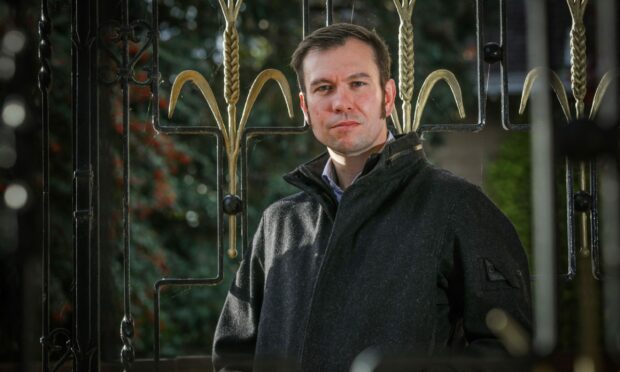
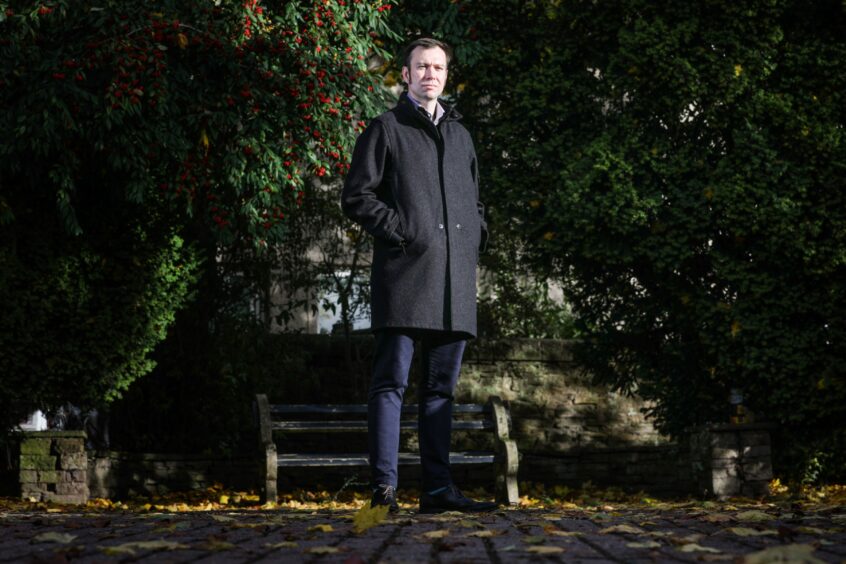
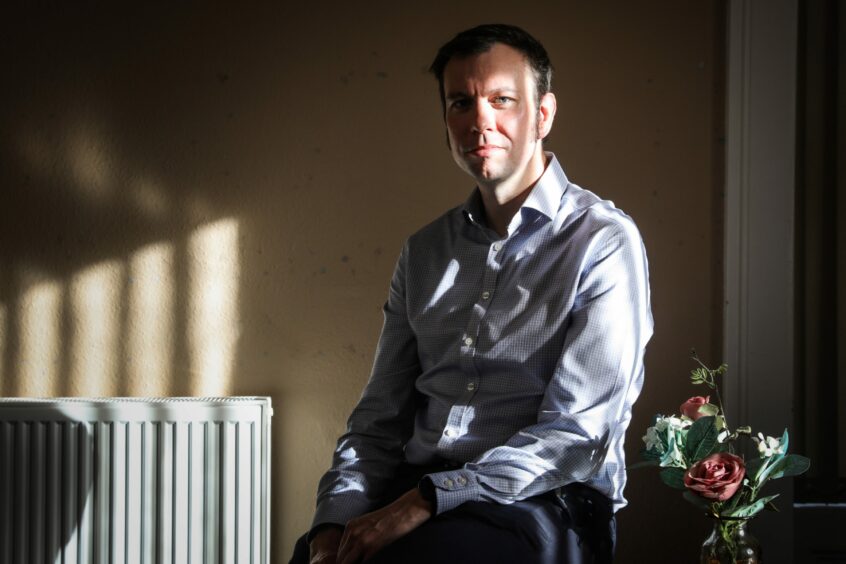

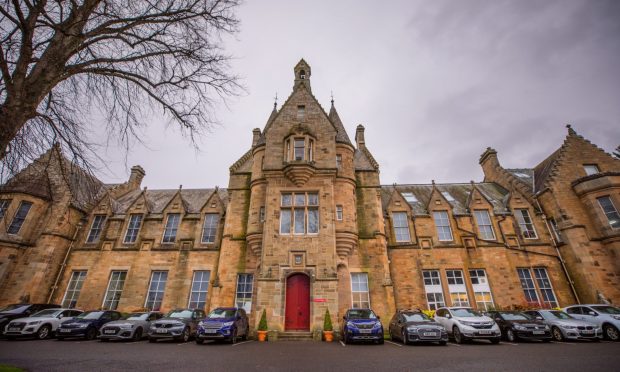


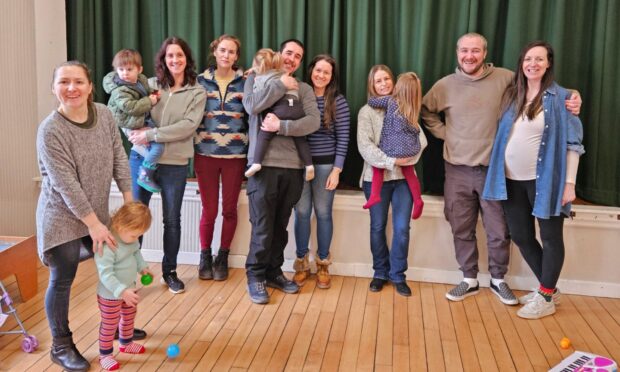




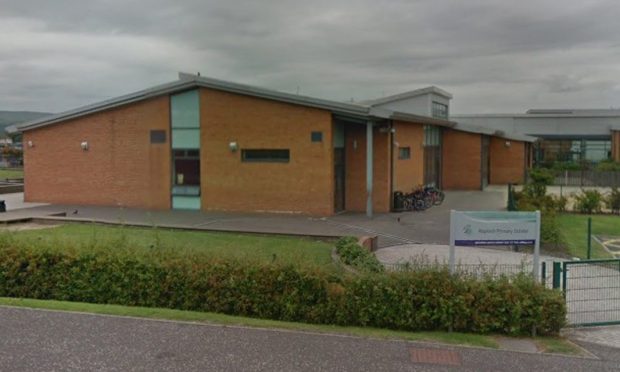
Conversation